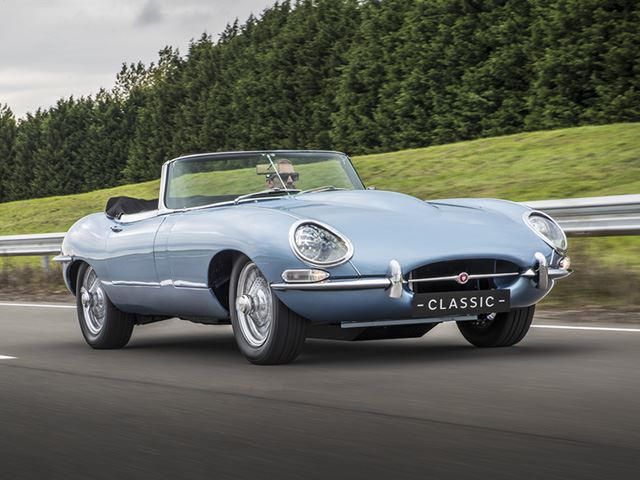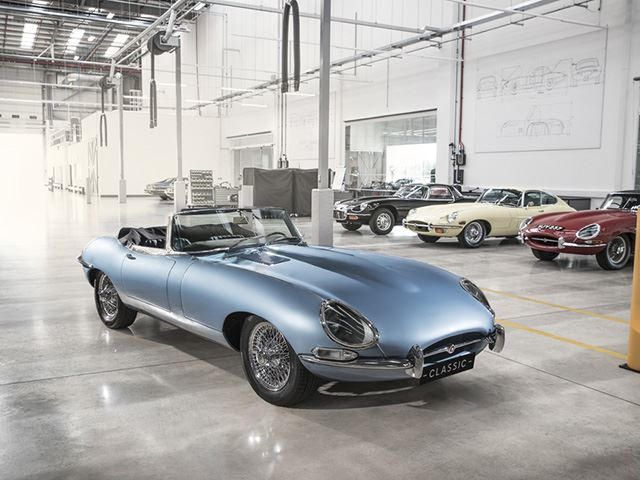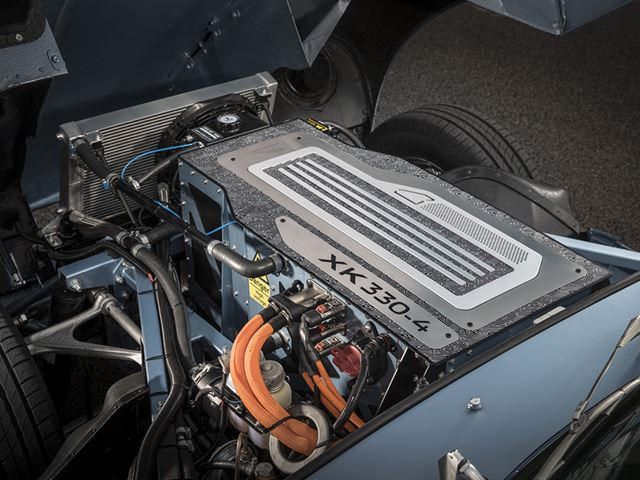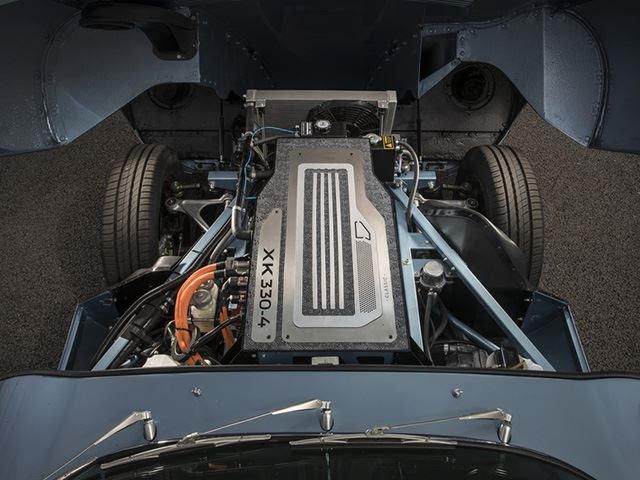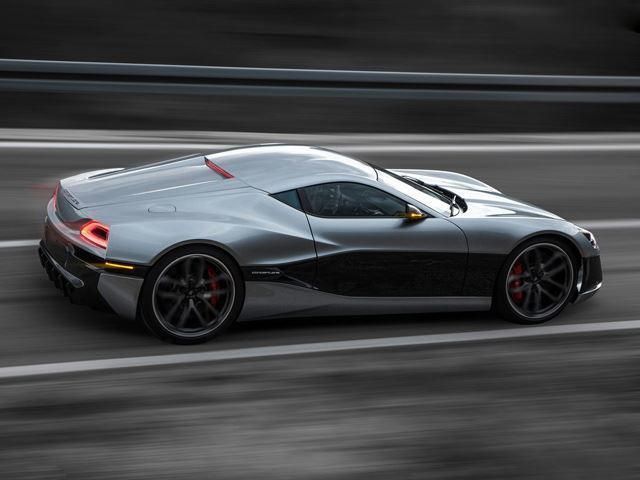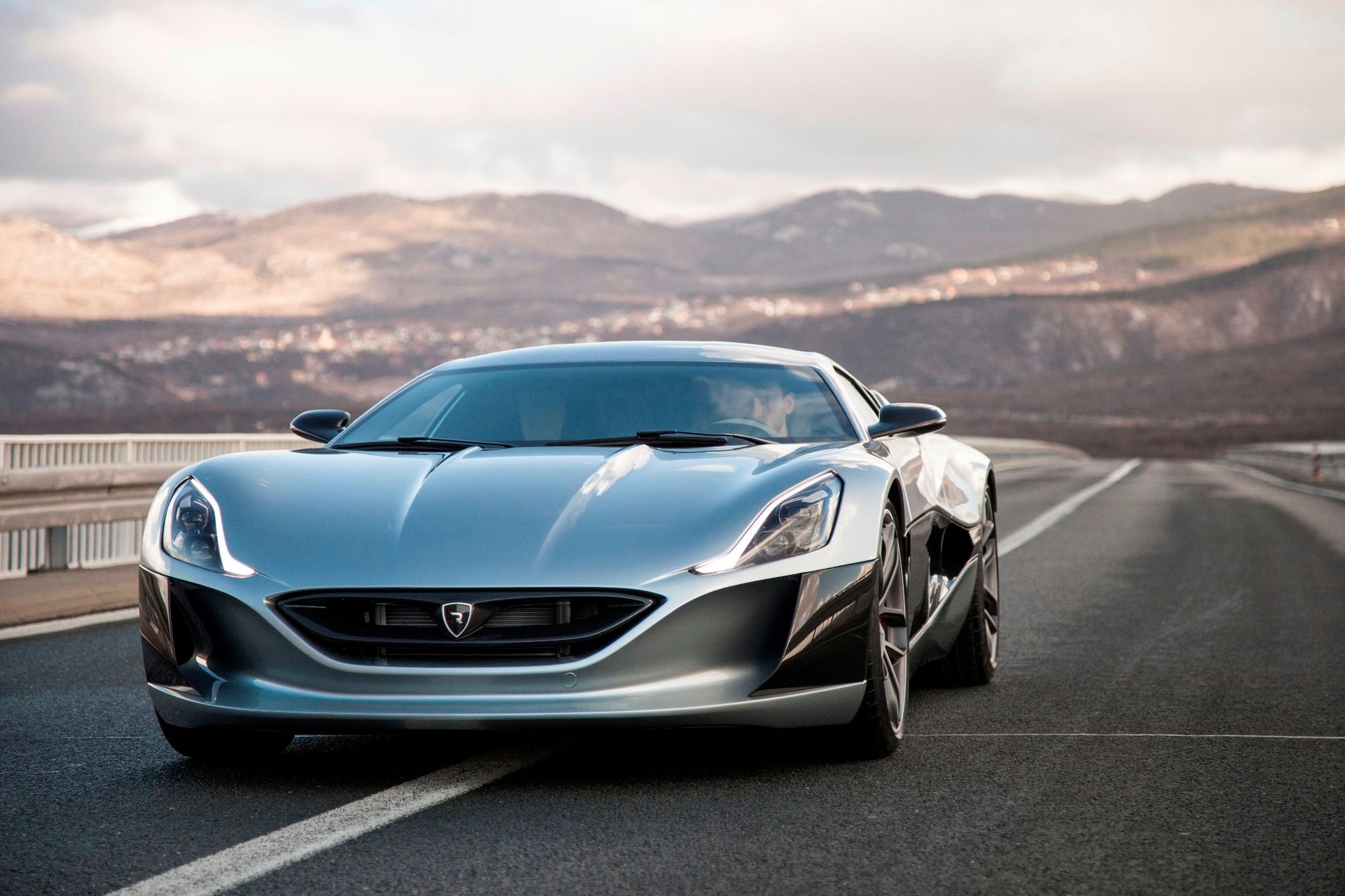
Last month, you may remember the reveal of the exquisite Jaguar E-Type Zero concept, the latest project by Jaguar Land Rover Classic Works. Based on the original 1960s E-Type Series 1.5 Roadster, the roadster was converted into a fully electric sports car concept, resulting in one of the most beautiful electric cars ever made, faster and lighter than the iconic original. From the outside, it may look like an original specification 1968 Jaguar E-Type, but under the hood lies a bespoke electric powertrain developing 220 kW of power.
At the time, Jaguar didn't specify where the powertrain was developed, but we now know the British manufacturer collaborated with Croation carmaker Rimac during its development. Nothing has been officially announced, but Jaguar Land Rover's Mike Goodbun spilled the details during an interview with YouTube channel Fully Charged.
"Our Classic Works operation built this car and engineered it in conjunction with Rimac in Croatia for some of the electrical expertise," he said when asked which Jaguar Land Rover department developed the car. "We supplied them a brief and worked with them to develop this driveline in a way that meets our intentions for the reversibility of the conversion. It gives the performance that we needed to give and builds the best of both with our experience with the classic cars and their experience with the electrification technology." The collaboration isn't surprising, since Rimac has a history of working with leading car manufacturers to develop electrification technology.
Currently, Rimac is working with Aston Martin to develop the lightweight hybrid battery system for the Valkyrie. In the Jaguar E-Type Zero, the lithium-ion battery pack has the same dimensions and a similar weight to the original engine. The electric motor is positioned behind the battery pack in the same location as the E-type's gearbox. As a result, the electric E-Type is 46 kg lighter than the original car and will hit 0-62 mph in 5.5 seconds. It has a real-world range of around 170 miles, and takes six to seven hours to recharge. The conversion is also reversible, as you can reinstall the original hardware.
The engineering required to achieve this would have been extremely complicated, so you can see why Jaguar Land Rover enlisted the expertise of Rimac. Now that the company has financial stability thanks to a 30 million Euro investment with Asian battery manufacturer Camel Group, we'll no doubt see Rimac work with more manufacturers in the future. The investment will also enable Rimac to build a successor to the 1,073-hp Concept One. Rimac is about to become a force to be reckoned with in the auto industry, so watch this space.

